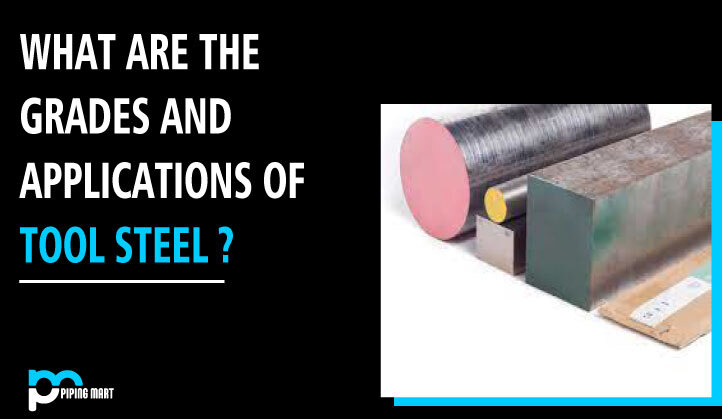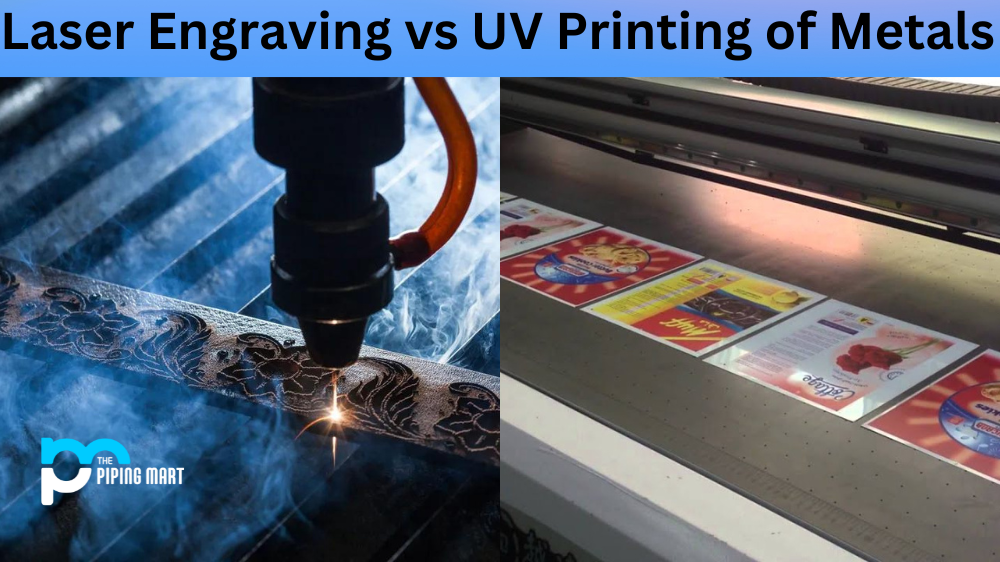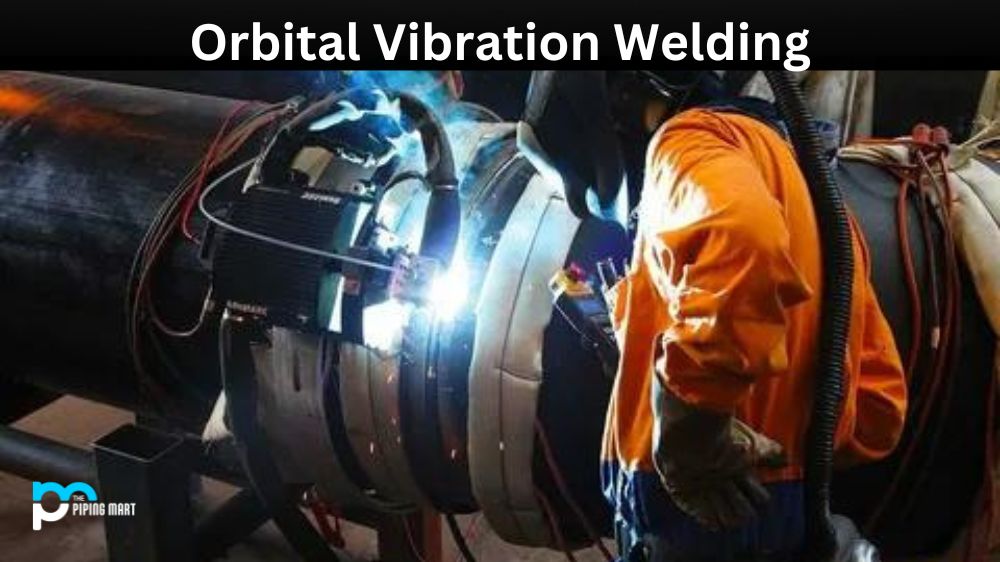Tool steels are a kind of carbon and alloy steel with key properties such as stiffness, wear resistance durability, and resistance to softening at high temperatures. Tool steels contain carbide-forming elements such as Vanadium, Molybdenum, Chromium, and Tungsten. It also contains cobalt and nickel which helps to boost their high temperature performance. It is usually heat-treated to increase its hardness and is used for stamping, forming, shearing, and cutting metals and also making plastic.
Grades of Tool Steel
Tool steels are classified into categories each of them has unique characteristics in terms of surface hardness, working temperature, strength or durability, shock resistance, and cost.
Water Hardening
Water Hardening or W – Grades, is approximately High- Carbon Steel. As it a not much expensive, it is not much used in situations which higher temperature. This steel has a high hardness but is fragile as compared to other tool steels. Water quenching is needed for all W-Grade tool steels due to excessive bending and breaking.
Cold leading, cutting tools and scissors, engraving, lathes, and utensils are all popular applications for W-Grade tool steel.
Hot-Working or H-Grades
Hot-Working or H-Grades tool steel from this group may be used when cutting material at extremely high temperatures. The high qualities of durability and strength, which preserve their attributes when operating over long periods at elevated temperatures. All these qualities are inherited by a low carbon content, but a high content of other alloying elements.
H-grade tool steels are most commonly used in Casings, Hot forging, Dummy blocks for hot extrusion, Plastic injection molds, Hot-working punches.
Air Hardening
A-grade steels have a high chromium material, which out comes in a better reaction to higher temperatures. A-grade tool steels have a high degree of machinability. They also have high wear tolerance and endurance.
Dyeing and Bending, Coin, Emboss, Cold Forming, Laminating, Cold Swaging, Cold Trimming, Chipper Knives, Cold-Shear Knives, Wood-working Knives, are popular applications for A-Grade tool steel.
Oil-Hardening or O- Grade
This tool has a tough and abrasion resistant, making it suitable for a wide variety of applications. It is regarded as a general use which is making it extremely durable.
Popular applications for O-Grade tool steel.
- Arbors and Bushing.
- Chasers/ Thread Cutting.
- Collets and Die Blanking.
- Cold Forming and Cold Trimming.
- Drill Bushing,
- Gages and Knurling Tools
D-Grades
D-Grades is a high carbon, high chromium tool steel, which is formulated to combine abrasion resistance air hardening characteristics both together. Generally tool steel include forging dies, die casting, die blocks and drawing dies.
D- Grade tool steel is applications are
- Burnishing Tools
- File Cutting
- Paper Cutters
- Die Bending
- Blanking
- Coining
- Cold Heading Die Inserts
- Wire Drawing
High Speed
High speed tool steel are generally used for cutting tools.
Machine cutting methods generates lot of heat. High-speed steels, on the other hand, do not lose hardness at high temperatures, making this an ideal use for them.
High Speed tools are applicable in the following
- Power-saw blades
- Drill bits
- Milling cutters
- Gear cutters
- Router bits
Shock Resisting or S-Grade
S- Grade of tool steel has a purpose to hold out the shock at High or Low Temperatures. It has a lower Carbon material which helps to achieve required hardness. S- Grade has highly tough impact but abrasion resistance is very low.
Following are the application of S – Grade
- Battering Tools
- Clutch Parts
- Cold Swaging
- Hot Swaging
- Hot Trimming
- Chipper Knives
- Cold Shear and Hot Shear.
The choice of the tool steel depends on what properties are required by your project. The most common mechanical properties to evaluate are the hardness of a surface, working temperature, durability, and resistance to shock. At the same time, it is necessary to include the expense of each material while making the assessment.
It is also very helpful in addressing questions about the specifications of sharp edges or cutting, how critical the resistance to abrasion is, and the type of heat treatment needed.
You should be ready to go with all this information, and make your choice!

Pipingmart is B2B portal specializes in industrial, metal and piping products. Also, share latest information and news related to products, materials and different types grades to help business dealing in this industry.




